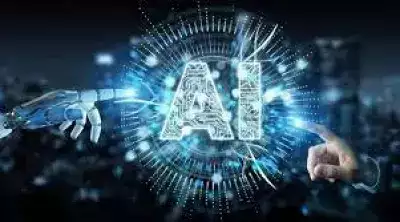Generative AI Could Potentially Replace 30% of White-Collar Job Tasks, According to Pearson Report
A report learning company Pearson has revealed that an estimated 30% or more of the work done individuals in certain white-collar roles, such as accountants, bookkeeping clerks, word processor operators, administrative secretaries, and stall/market salespersons, could be done generative artificial intelligence (AI) systems. This indicates that repetitive and routine tasks commonly found in administrative jobs can be easily replicated generative AI.
In comparison, the report states that less than 1% of a blue-collar worker’s job in a working week could be done generative AI. This includes jobs such as weavers, knitters, waiters, and bakers/cooks. Notably, the impact is especially significant in India, where there is a 29% difference in the task-level impact between the most affected white-collar and blue-collar jobs.
In India, the jobs most impacted generative AI are accounting and book-keeping (46%), followed word processors and related operators (40%). On the other hand, the least impacted jobs in India are working proprietors, directors, executives in transport and communication, as well as sales and marketing managers.
In response to these findings, Mike Howells, President of Pearson Workforce Skills, emphasized the importance of understanding which jobs are at risk from AI in order to prepare for the future. Howells also noted that workers and employers should consider how to leverage AI and human skills together to adapt to the changing job landscape.
The report, part of Pearson’s ‘Skills Outlook’ series, analyzed the impact of generative AI on over 5,000 jobs in Australia, Brazil, India, the US, and the UK. It highlights the need for individuals and organizations to anticipate the effects of AI on the job market while identifying new opportunities that might arise as a result of this technological development.

